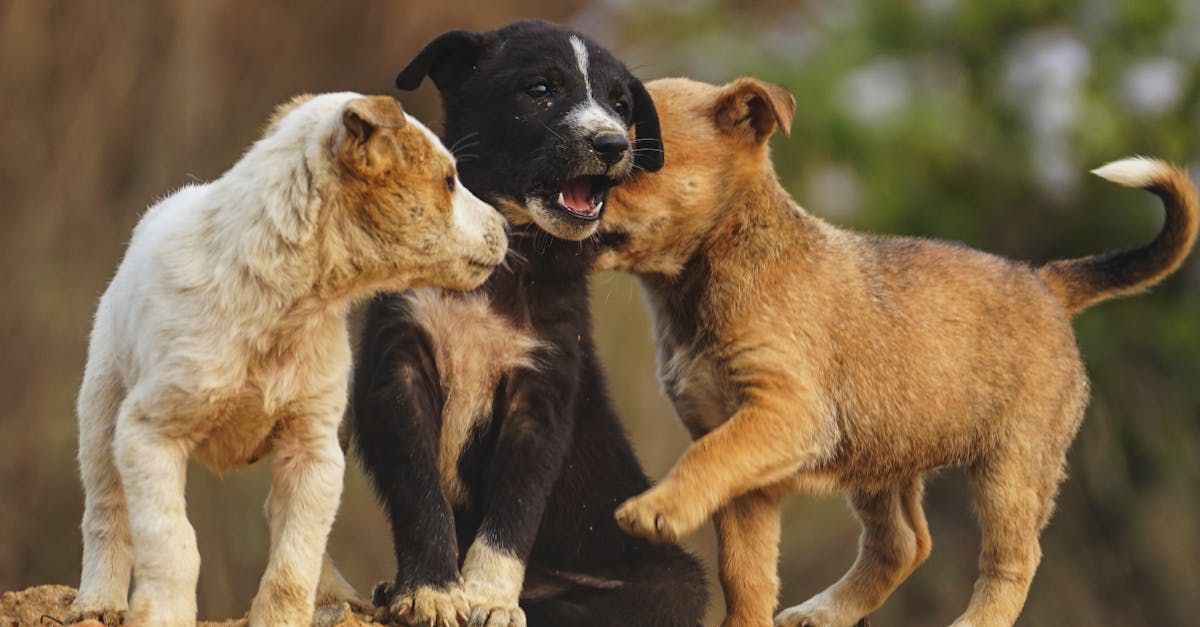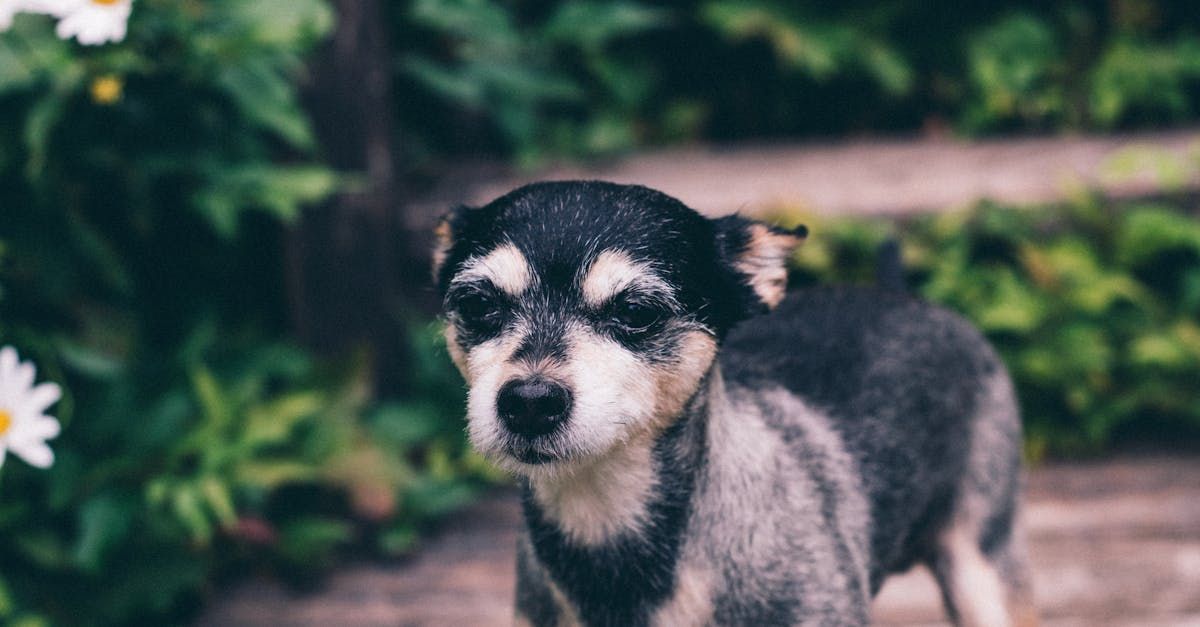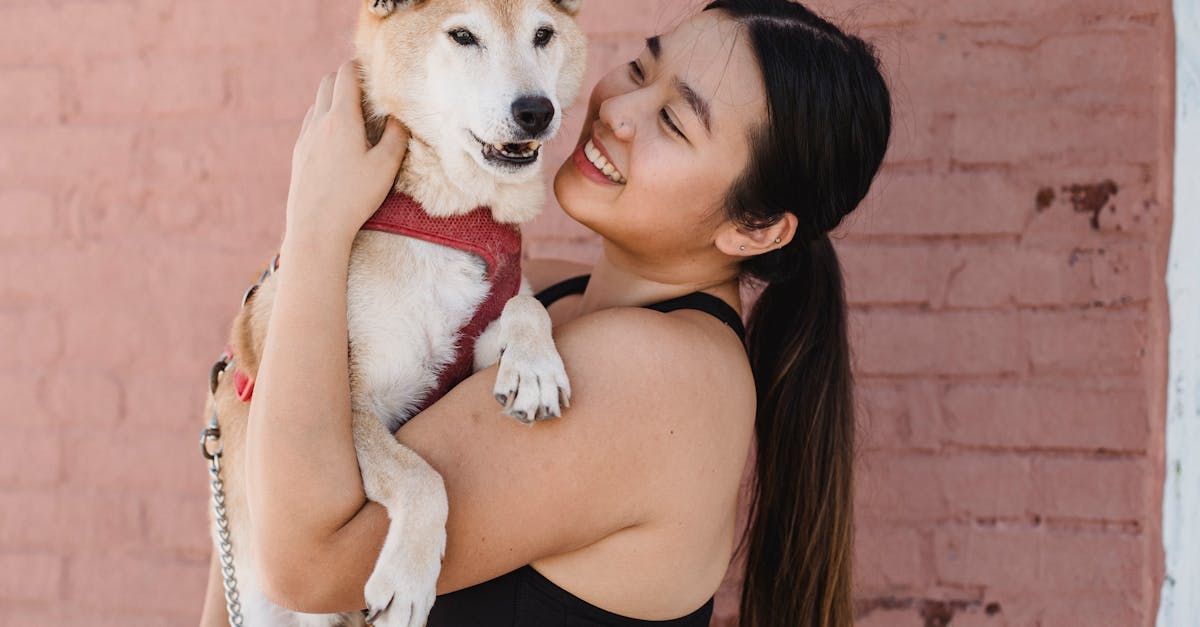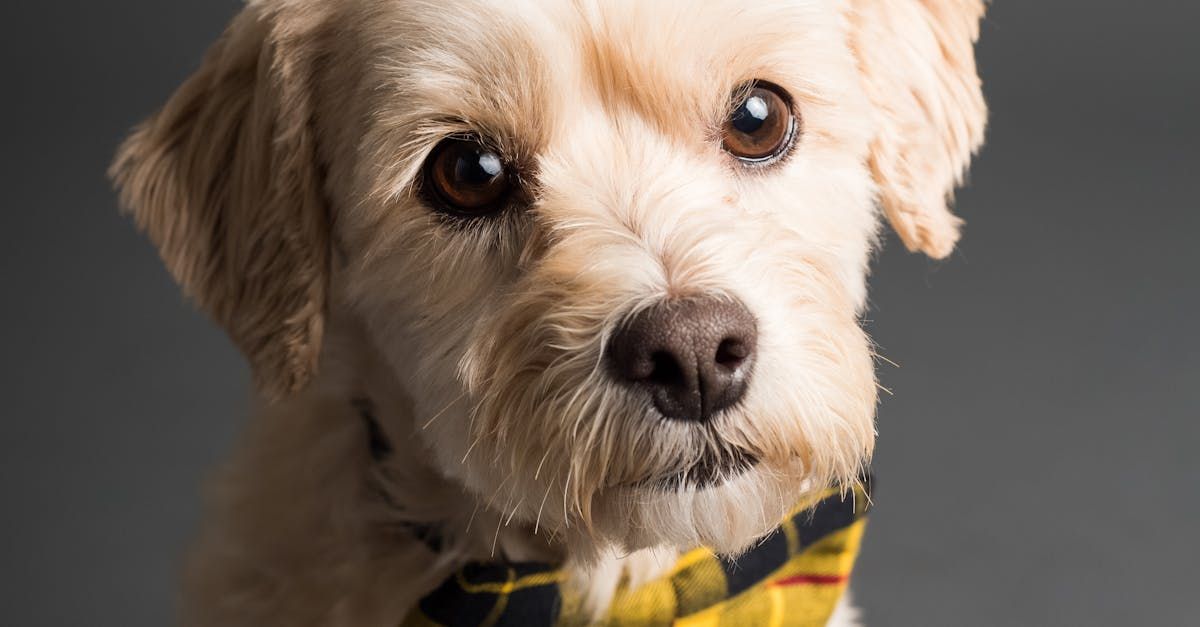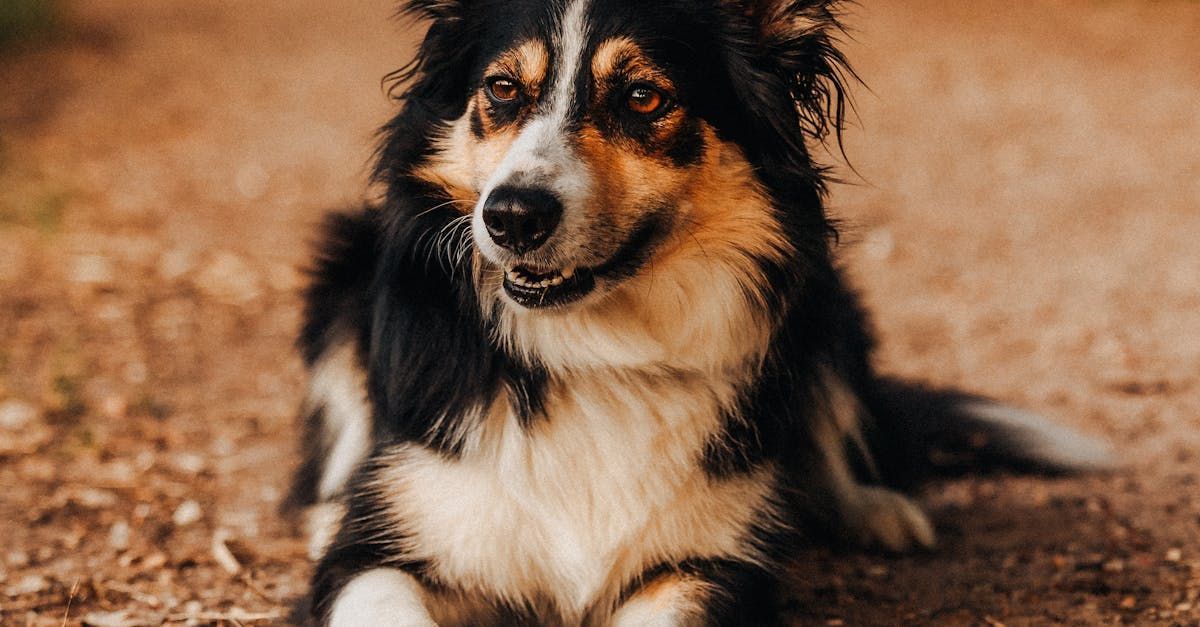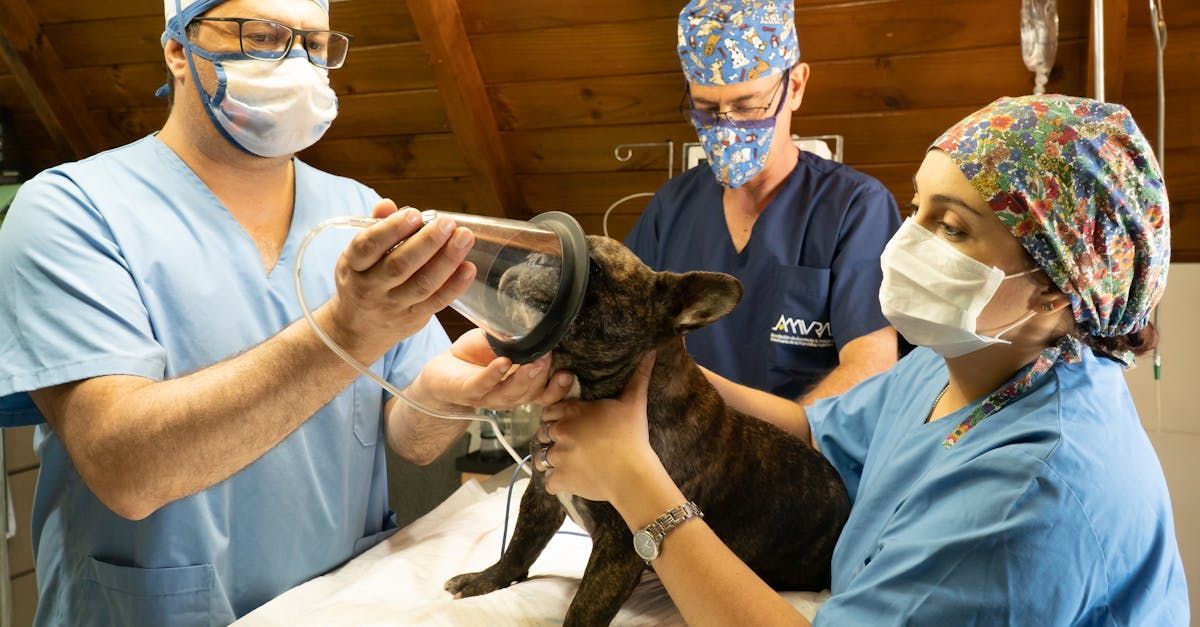Understanding Canine Parainfluenza
Understanding Canine Parainfluenza: Protecting Your Dog's Health
Canine parainfluenza is a highly contagious respiratory virus that can affect dogs of all ages. Understanding what canine parainfluenza is, its effects on dogs and puppies, how it can be contracted, signs of infection, what to do if your pet is infected, the importance of vaccination, the vaccination schedule, and how long it takes for your dog or puppy to become fully immune is essential for ensuring the health and well-being of your furry companion. In this blog post, we will explore these important aspects of canine parainfluenza to help you protect your beloved pet.
What is Canine Parainfluenza?
Canine parainfluenza is a viral respiratory infection that commonly affects dogs. It is one of the several viruses that can contribute to kennel cough, a contagious respiratory disease characterized by coughing, sneezing, and nasal discharge. While parainfluenza alone may cause mild symptoms, it can lead to more severe respiratory infections when combined with other pathogens.
Effects of Canine Parainfluenza on Dogs and Puppies:
Canine parainfluenza can cause a range of respiratory symptoms in infected dogs, including coughing, sneezing, nasal discharge, fever, lethargy, and loss of appetite. Puppies, elderly dogs, and immunocompromised pets are at higher risk of developing severe illness from parainfluenza. In some cases, the virus can progress to pneumonia, which can be life-threatening if left untreated.
How Can Canine Parainfluenza be Contracted?
Canine parainfluenza is typically spread through respiratory secretions from infected dogs. Dogs can contract the virus through direct contact with infected animals, sharing contaminated objects or environments, or inhaling airborne droplets containing the virus. Crowded or stressful environments, such as kennels, dog parks, or shelters, increase the risk of exposure to parainfluenza.
Signs of Infection in Dogs and Puppies:
Recognizing the signs of parainfluenza infection in your dog or puppy is crucial for early detection and treatment. Common signs of infection include persistent coughing, sneezing, nasal discharge, fever, lethargy, reduced appetite, and in severe cases, difficulty breathing. If you notice these symptoms in your pet, consult your veterinarian for a proper diagnosis and treatment.
What to Do if Your Dog or Puppy is Infected:
If your dog or puppy is diagnosed with parainfluenza, your veterinarian will recommend appropriate treatment based on the severity of the infection. Treatment may include supportive care, medications to manage symptoms, rest, and isolation to prevent the spread of the virus to other pets. In severe cases or if complications arise, hospitalization may be necessary.
The Importance of Vaccination:
Vaccination is the most effective way to prevent canine parainfluenza and protect your pet from this contagious respiratory virus. Puppies should receive a series of vaccinations starting at 6-8 weeks of age, with booster shots given every 3-4 weeks until they are 16 weeks old. Adult dogs should receive regular booster vaccinations to maintain immunity.
Vaccination Schedule:
The typical vaccination schedule for canine parainfluenza involves initial vaccinations starting at 6-8 weeks of age, with booster shots given every 3-4 weeks until the puppy is 16 weeks old. Adult dogs should receive regular booster vaccinations as recommended by their veterinarian to ensure ongoing protection against parainfluenza.
How Long Does it Take for Your Dog or Puppy to Become Fully Immune?
After receiving a parainfluenza vaccination, it typically takes about 7-10 days for a dog or puppy to develop immunity. However, full protection may not be achieved until the entire vaccination series is completed. Following your veterinarian's recommended vaccination schedule is essential to ensure that your pet is fully immune to parainfluenza and other respiratory viruses.
Conclusion:
Canine parainfluenza is a common respiratory virus that can pose a risk to the health of dogs and puppies. By understanding the signs of infection, seeking prompt veterinary care, and ensuring that your pet is up-to-date on vaccinations, you can help protect them from this contagious illness. Vaccination is key to preventing parainfluenza and safeguarding your pet's respiratory health. Remember, a healthy pet is a happy pet!



